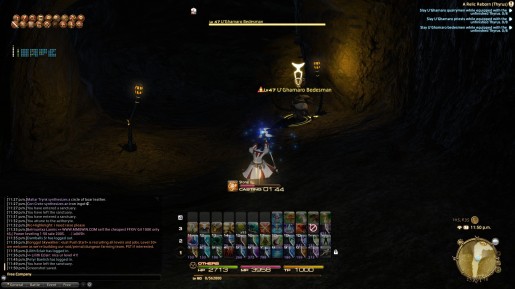

Once this action is complete, the gauge is reset. In Final Fantasy IV, attacking, using an ability or item, summoning, and casting a spell all counts as one action. When a character's gauge is full, the character can perform an action. A character with a high speed statistic will have their gauge filled more quickly. Each character has a gauge that fills up automatically as time passes. Battle System The ATB system (GBA)įinal Fantasy IV has an ATB (Active Time Battle) system, which was eventually used in many subsequent Final Fantasy games.

Characters in the back row receive slightly less damage compared to the front, being further back, but attacks do less damage. The party is arranged into two rows, front and back, and each row holds a maximum of three members. Party members' equipment can be customized, as well as the party's formation. Cecil is the only character who remains in the party for the entire duration of the game, and characters often leave the party due to story-related reasons with very little warning. This means that the player never decides the party members. Though Final Fantasy IV has twelve playable characters in total, only five are present at any one time. The DS remake includes a portable-friendly quicksave feature that lets the player save at any point, but once this quicksave file is loaded, it is erased. Progress can be permanently saved either in the overworld or at save points sparsely scattered in dungeons or, more rarely, towns. The town of Baron (SNES)īesides fighting through dungeons, there are also a large number of castles, towns, and villages that usually include several NPCs, an inn (where the party can rest for the night for a small fee), and a few shops. The party will also come across bosses over the course of the game, who are often tougher to defeat than regular enemies from random encounters as they usually have more health and stronger attacks. Gil is the game's currency and is used in shops to buy new weapons, armor, or other items in towns, while by accumulating experience points, a character may gain a level and subsequently receive a boost in stats. Winning the battle rewards the party with experience points, gil, and occasionally a dropped item. When the player is met by one, the party is thrown into a battle against up to five enemies. Random encounters populate the overworld and dungeons. The individual locations are all tied together in an overworld, which the player can traverse on foot, though by the end of the game, a hovercraft and a number of different airships are available to get around the overworld faster and to cross shoals and oceans. Throughout the game, the party explores towns and dungeons to progress the story. Gameplay The overworld (DS)įinal Fantasy IV lets the player take control of a party, led by the protagonist, Cecil Harvey. The music was composed by Nobuo Uematsu.Ī sequel, Final Fantasy IV: The After Years, was released for mobiles in 2008 and on WiiWare in 2009. Final Fantasy IV also made use of Mode 7, which allowed 2D backgrounds to be rotated and viewed in a way that gave the impression of 3D. It has also had a direct impact not only on future Final Fantasy games but on RPGs in general, with the introduction of a storyline driven by characters and character interaction and the use of new gameplay mechanics, such as the Active Time Battle system. The game has had both critical and commercial success. Square later capitalized on its growing popularity with ports on the Sony PlayStation and the Game Boy Advance, and in 2008, nearly two decades after the original release, a completely overhauled remake was developed for the Nintendo DS. The game's first appearance was on the Super Nintendo Entertainment System and was released twice in Japan and once in the US: The US version was made purposefully easier, and the Japanese market would later receive the same version with the subtitle "Easy Type" three months after the original. It quickly became a fan favorite, a factor that has fuelled the several remakes of the game that have been created to date.
#Final fantasy iii psp monk weapons series
Final Fantasy IV (originally released as Final Fantasy II outside of Japan), is a console RPG in the Final Fantasy series first published by Square in 1991.


 0 kommentar(er)
0 kommentar(er)
